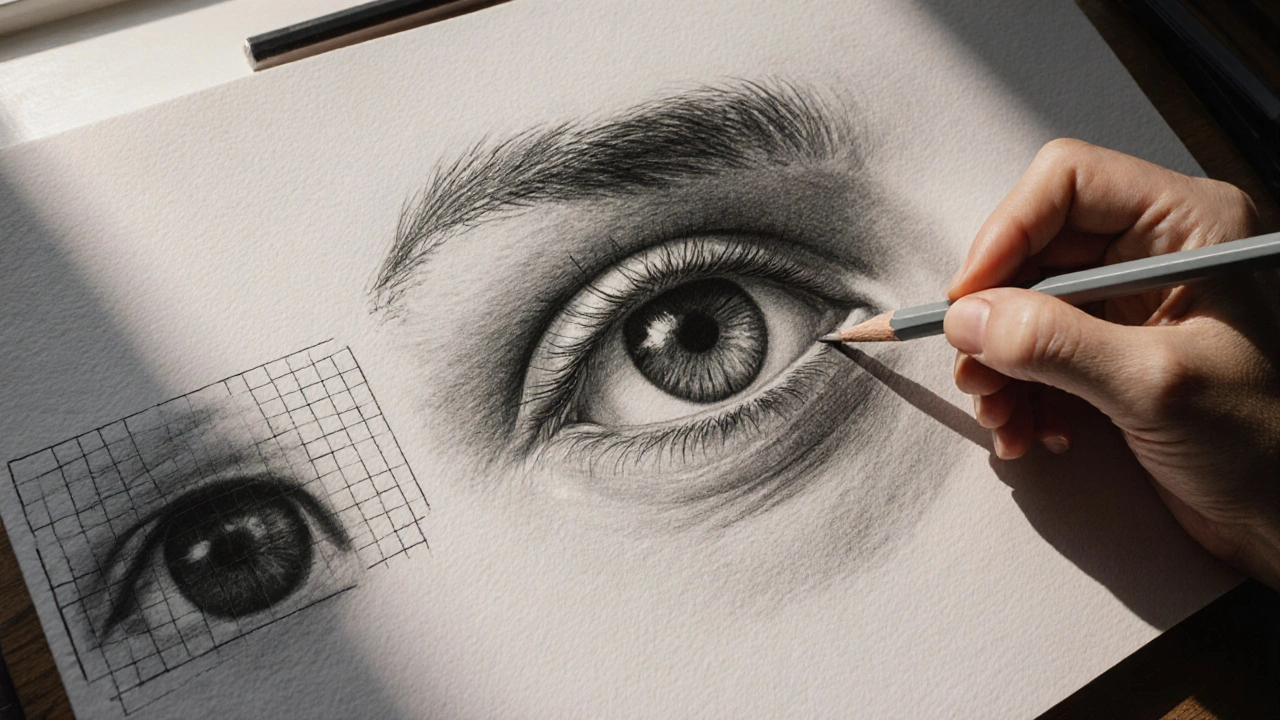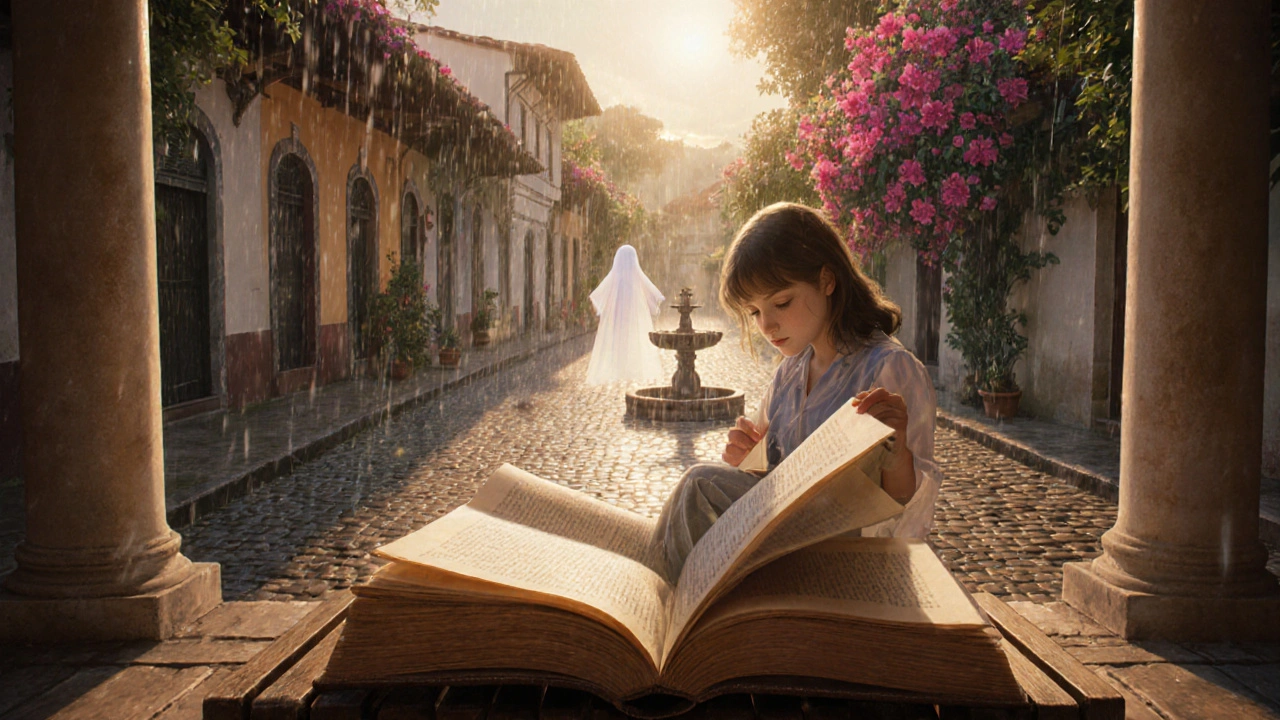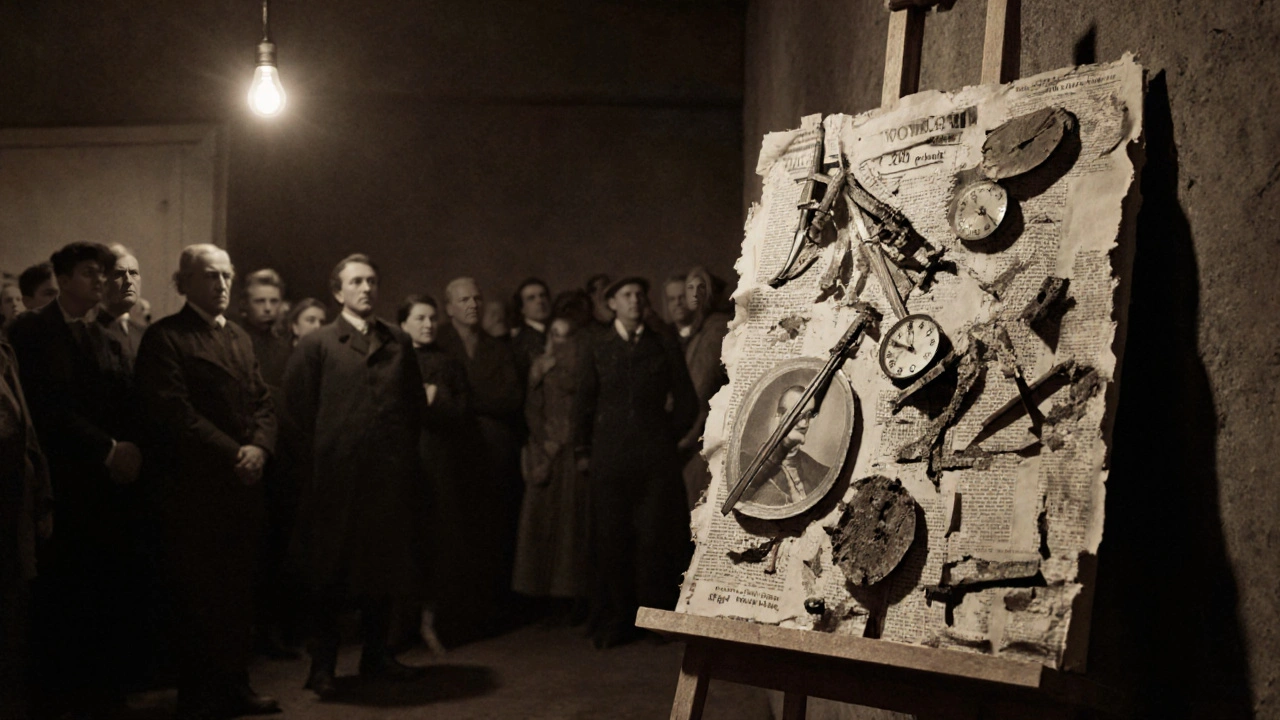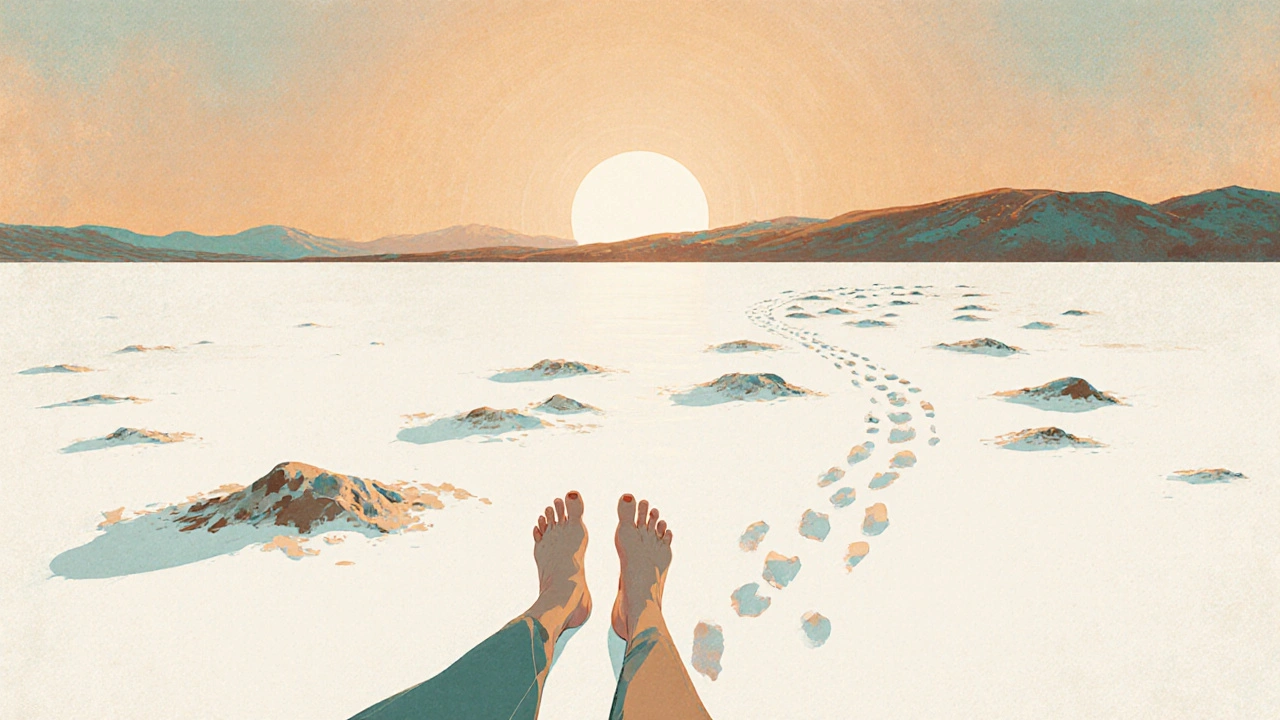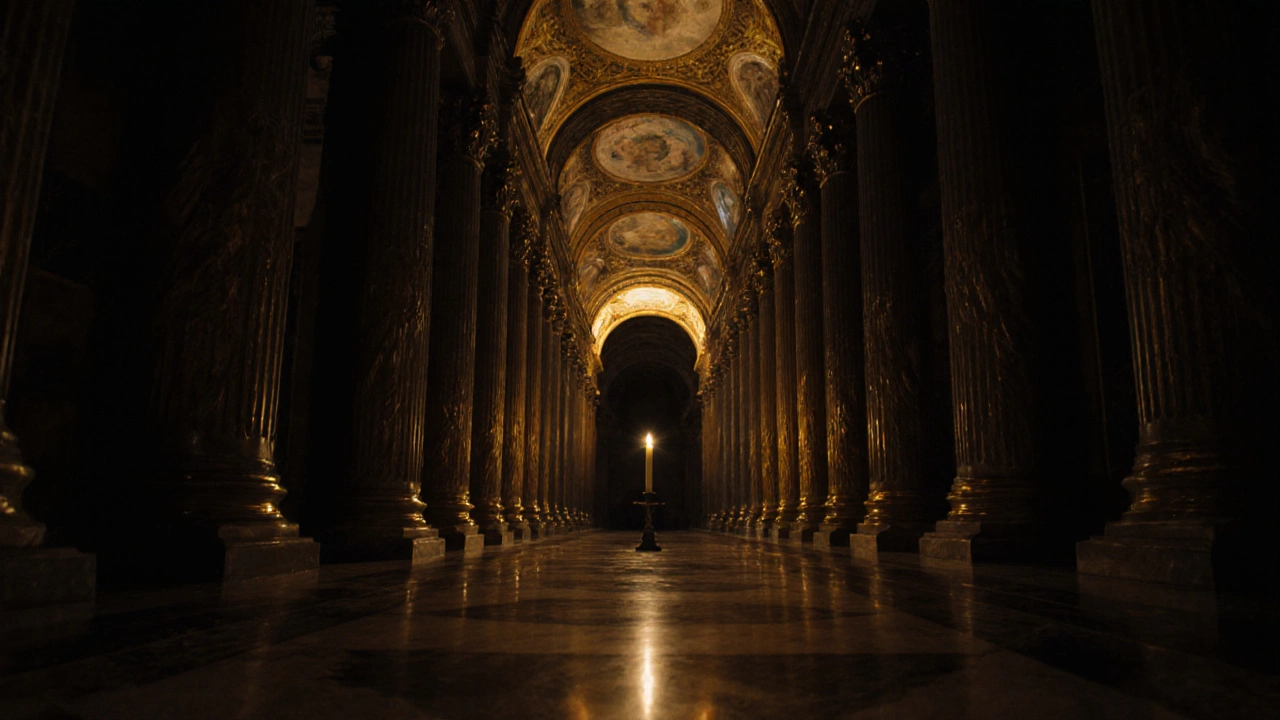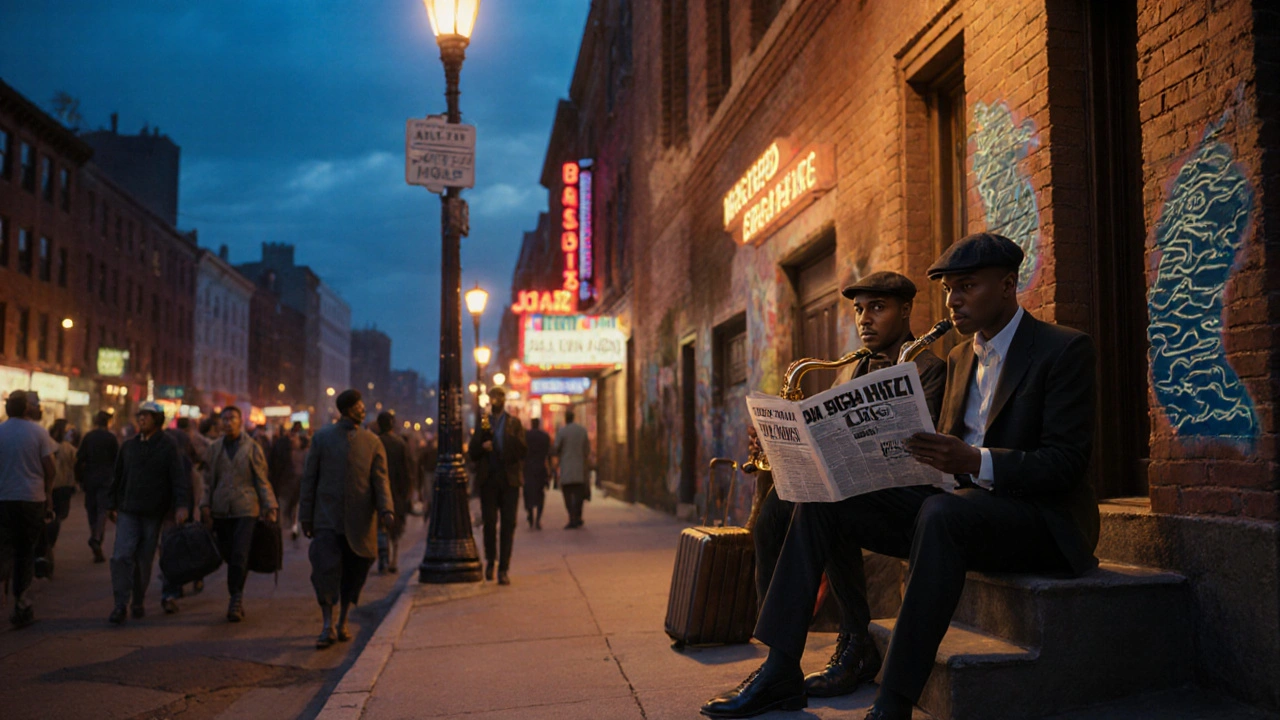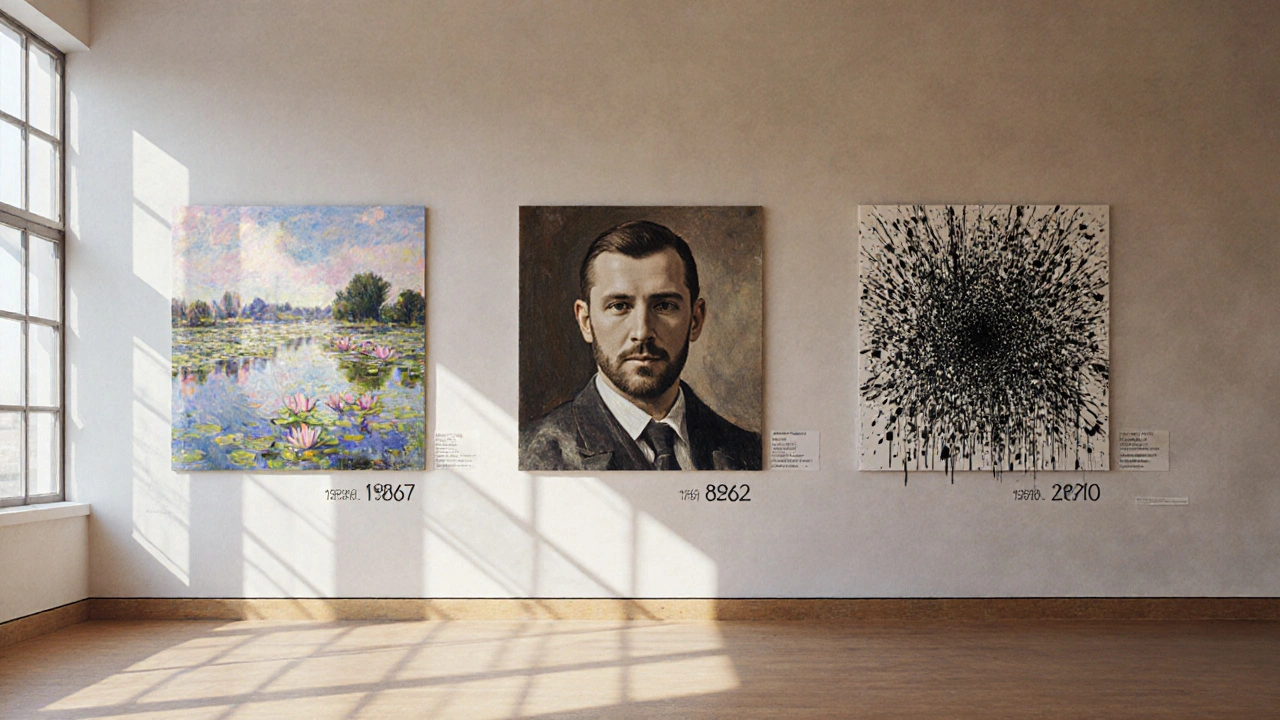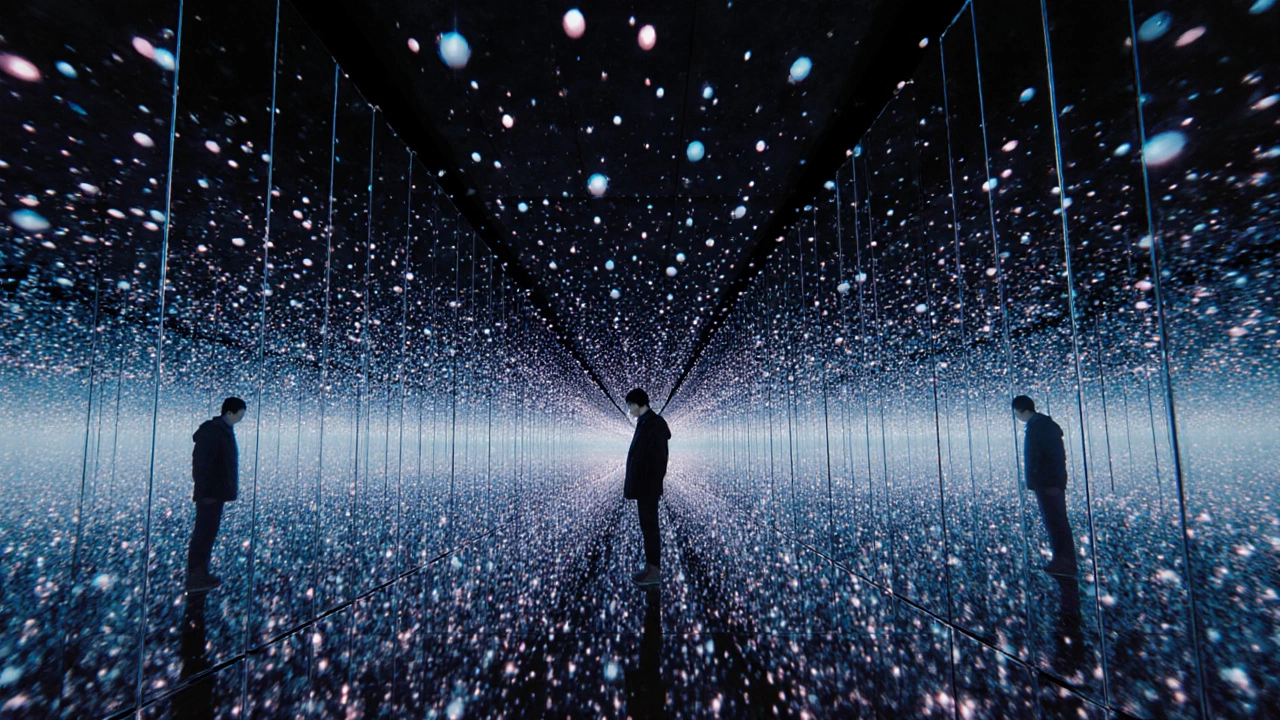2025 October Art Archives: Photorealism, Land Art, and Modern Installations
When you think about photorealism, a technique where art mimics high-resolution photography with extreme precision. Also known as hyperrealism, it’s not just about copying what you see—it’s about controlling light, texture, and detail until the viewer questions if it’s real. This month’s collection dives deep into how artists build that illusion, step by step, without needing years of formal training. But photorealism isn’t the only thing shaping the art world right now. land art, art made directly in nature using earth, rocks, and organic materials. Also known as earthworks, it turns entire landscapes into canvases, often with no permanent trace left behind is gaining new attention as artists respond to climate change and environmental loss. Think Robert Smithson’s spirals and Andy Goldsworthy’s delicate stone patterns—both are part of a quiet revolution where art doesn’t sit on a wall, it lives in the wind and rain.
Then there’s modern art installations, three-dimensional, often immersive environments designed to be experienced, not just viewed. Also known as installation art, they pull you in with sound, light, and space, making you part of the piece. This October, we look at how these works are changing how we interact with galleries—from rooms filled with hanging fabric that moves with your breath, to floors that react to your footsteps. And it’s not all about beauty. avant-garde art, experimental work that challenges norms and pushes boundaries. Also known as protest art, it’s been used for decades to spark political action and public debate is back in force. One post breaks down how artists today use guerrilla tactics, public interventions, and digital media to confront injustice, showing that art doesn’t just reflect society—it can change it.
These aren’t isolated styles. They connect. Photorealism demands patience and observation—skills that also help you notice the subtle shifts in a landscape before you make land art. Modern installations borrow from Baroque drama and Harlem Renaissance storytelling to create emotional impact. And avant-garde movements always draw from what came before, whether it’s the detail of Renaissance painting or the raw energy of early 20th-century Dada. This October archive gives you a full picture: how to make art that looks real, how to make art that disappears into nature, how to make art you can walk through, and how to make art that demands action. You’ll find guides for beginners, deep dives into history, and real examples that show what’s working now. No fluff. Just clear, usable insights from artists who are doing the work.

